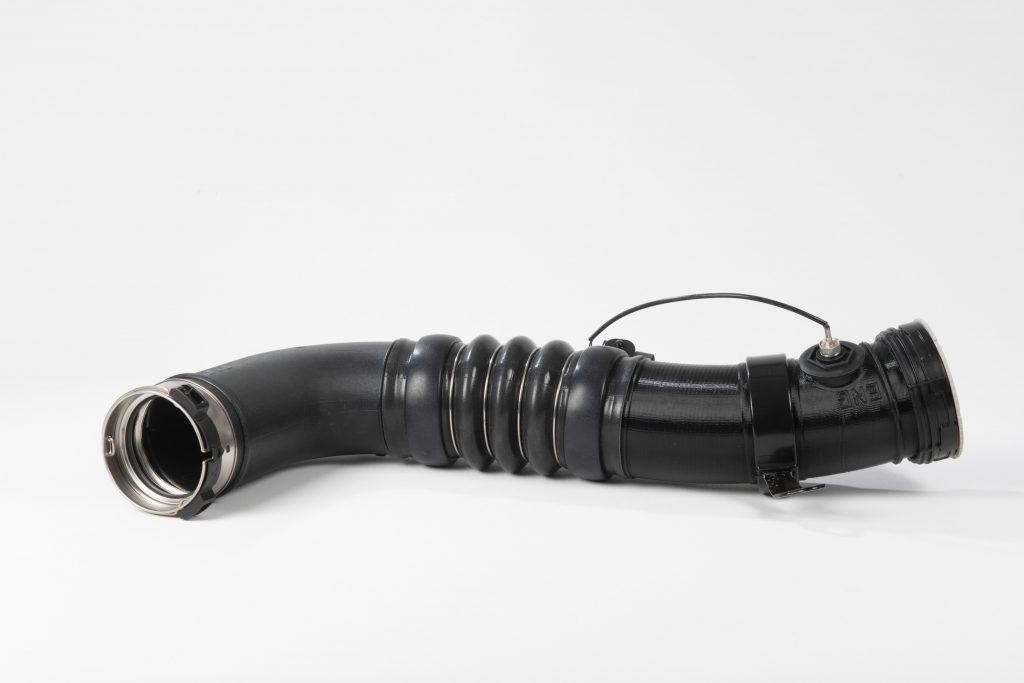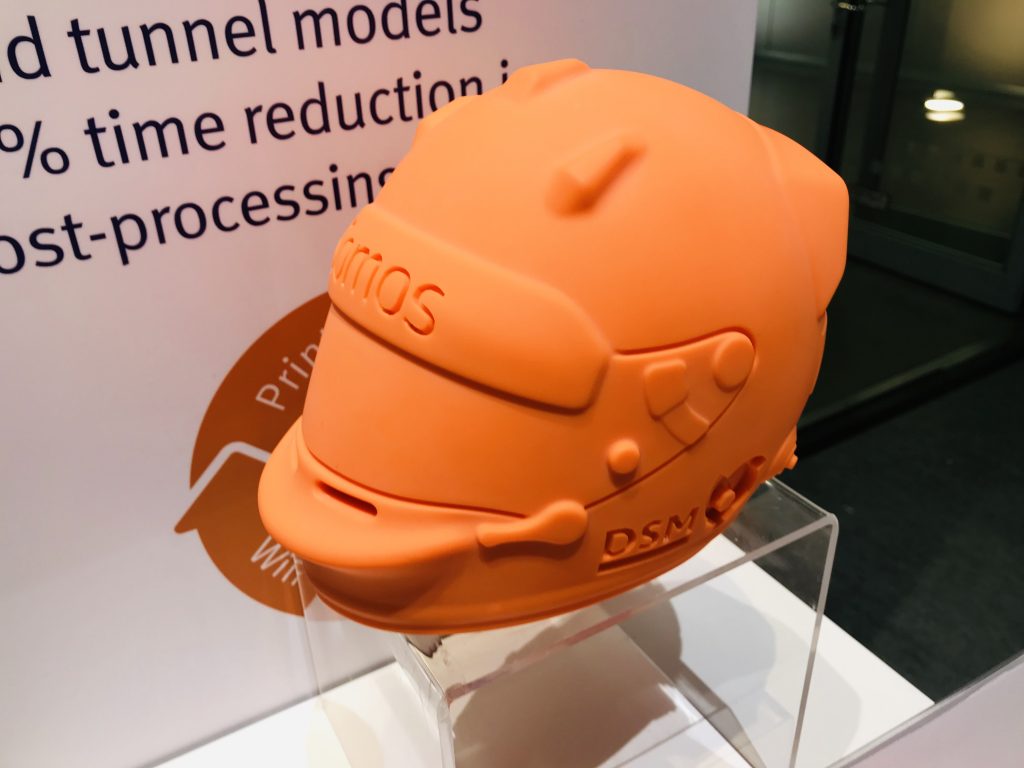If taken as an example of industry’s progress on the whole, Formnext 2018 sent the clear message that 3D printing is in need of two things: peripherals and materials.
In recent years, a number of traditional chemical companies have pounced on the opportunity to fulfill the needs of a maturing additive manufacturing industry. Not only is this reflected by the presence of said chemical companies at leading 3D printing trade shows, but it is increasingly driven by customer demand. On an widespread applications-driven plan, the industry requires more materials that can compete with, and exceed, conventional options. As the newly appointed VP of Additive Manufacturing at Dutch multinational Royal DSM, Hugo Da Silva is at the forefront of this progress.
In an exclusive interview, Da Silva speaks to me about his vision for the future, and the trajectory of 3D printer materials development at Royal DSM.
Guiding the transition from prototyping to production
According to Da Silva, the 116 year-old Royal DSM has been active in 3D printer materials for 25 years, which he believes makes it the first traditional chemical company to break into this segment. He says, “The first 3D printer ever released [from 3D Systems] contained DSM material.”
The company’s 3D printer material portfolio started with the Somos family of products, available both as a filament, e.g. Novamid, Arnitel and Arnite materials, and as a wide range of resins suitable for SLA. In addition, Royal DSM also offers a range of polymer powders suitable for 3D printing, including some in-development with HP’s Material Development Kit for Multi Jet Fusion.

At present, Da Silva says he sees his responsibility at Royal DSM as guiding the company through “3D printing’s transitional phase,” i.e. moving from prototyping through to end use applications on a production scale.
This “transition” is something which Da Silva sees aligning with previous technology developments. In his professional history, Da Silva was working in television electronics when the hardware started opting for LED screens. As such, he sees many similarities between the two industries. “A lot is happening in the same way,” he explains, “You lower the cost, increase adoption, and now the [new] technology can replace [its predecessor]. It’s a pattern.”
“That could be the same in 3D printing, though it is more complex: you are not isolated to an industry.”
Applications, ecosystem, business model and sustainability
In a bid to remain competitive against market rivals, Da Silva details a four-pronged plan directing 3D printing at Royal DSM.
First of all, he explains, materials development is “application focused”, a direction which has resulted in the formation of Royal DSM subsidiary DSM Additive. One example of this directive is the development of the new orange colored Somos PerFORM Reflect resin. Striking, though unusual, in color, this specification was directly requested by an automotive customer who needed it for wind tunnel testing.

Second in DSM’s plan, is the ecosystem. “We believe in partnerships,” says Da Silva. Though many of its customers remain undisclosed the VP of Additive Manufacturing places an emphasis on maintaining “a very strong link” with the industry’s leading OEMs. Some of the company’s recent partnerships have included a distribution agreement with Dutch supplier FormFutura.
Third in this plan is a new business model, namely an “open” approach to material compatibility, “unlocking the machine.”
And Da Silva’s final point is DSM’s sustainability, a value he believes isn’t shared by other rivals in the market.
DSM welcomes competition
A broad range of applications were showcased across Royal DSM’s booth at Formnext 2018, covering key industries like automotive, medical, sports equipment and the wider engineering sector.
With its continuing strategy it will be interesting to see how the company holds up against competition and navigates the industry’s pivotal “transition stage.”
For now, at least, Da Silva asserts:
“I am glad to to see all big materials companies doing the same, as it validates our direction.”
For exclusive interviews and news subscribe to the 3D Printing Industry newsletter, follow us on Twitter and like us on Facebook. Join 3D Printing Jobs now to search for the next step in your academic career.
Featured image shows Hugo Da Silva, VP of Additive Manufacturing at Royal DSM. Photo via Royal DSM



